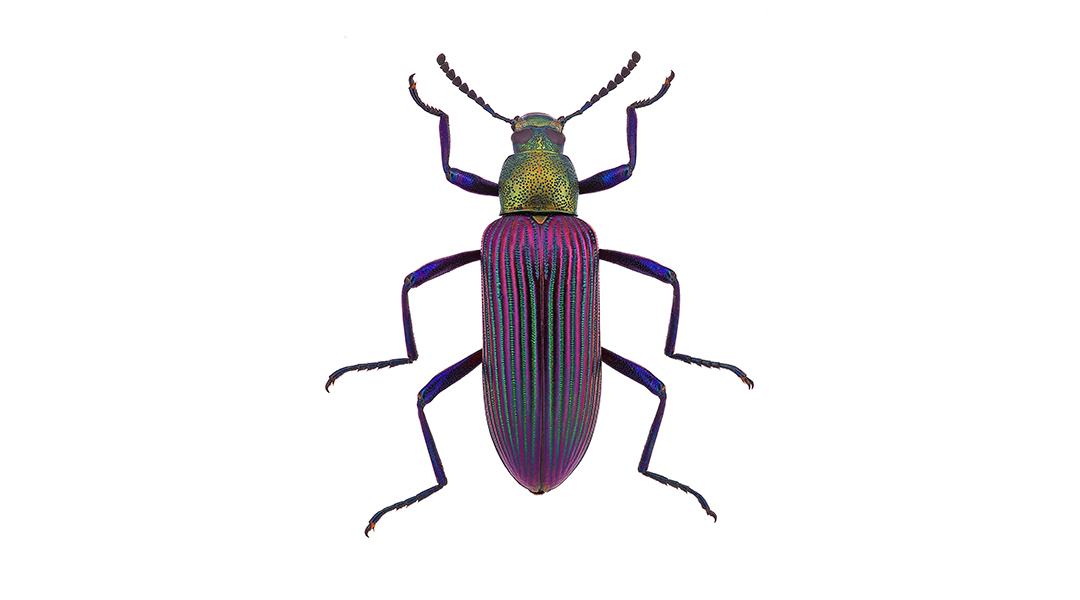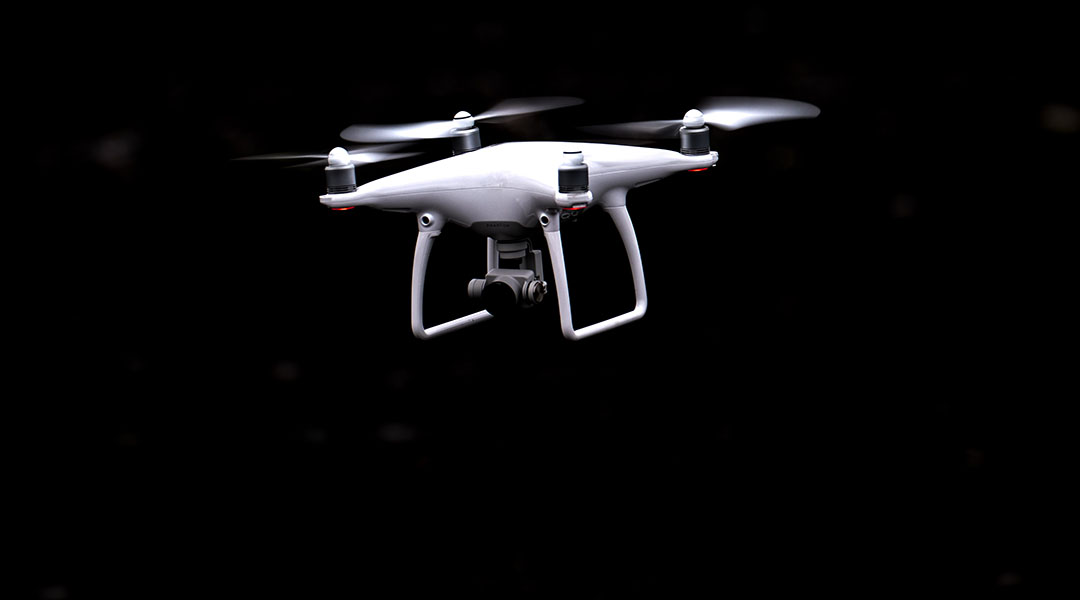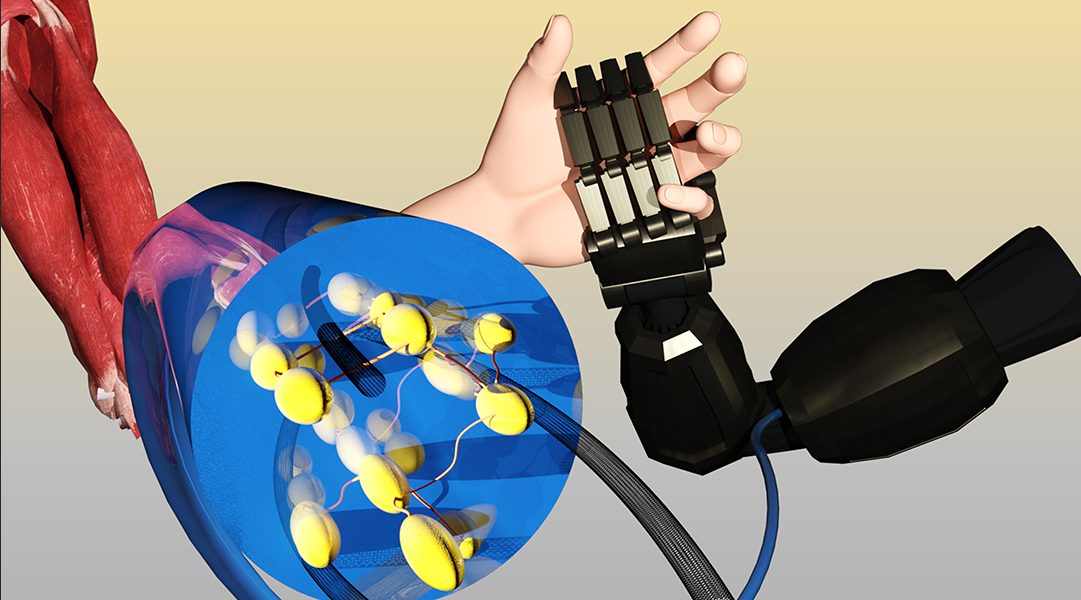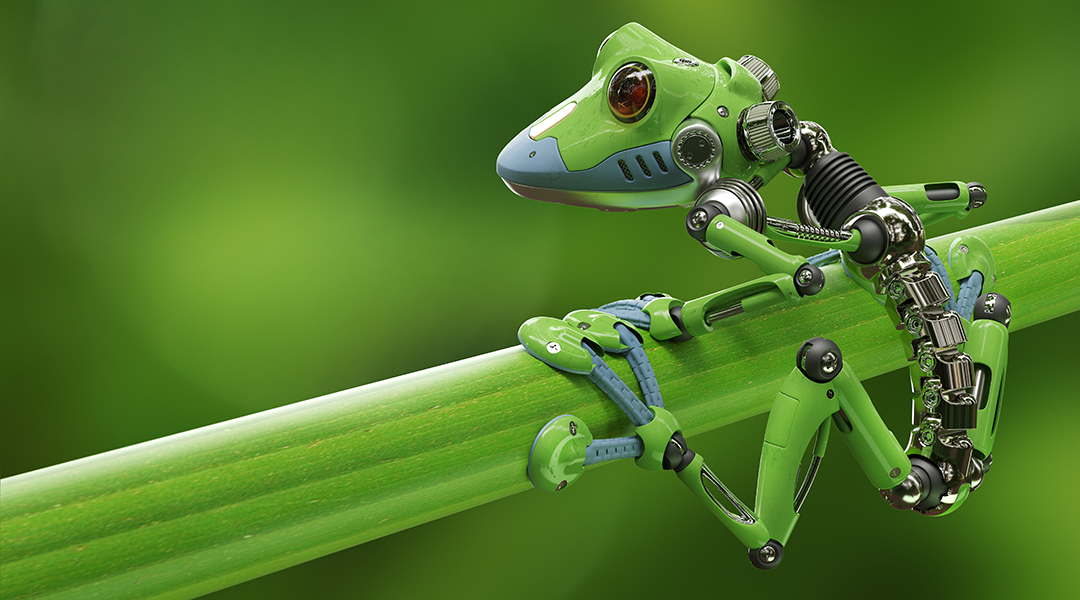Hello HAL, do you read me HAL?


Hello HAL, do you read me HAL?

Researchers at Dartmouth have developed a miniature robotic bug that has a flexible body, is easily maneuverable, and can be completely flattened without damaging its functionality.

UCF researchers develop a device that mimics brain cells used for human vision. The invention may help to one day make robots that can think like humans.

For the first time, a nanorobot is developed that can both report the location of, and treat, cancer associated RNA.

The remarkably agile arms of the octopus are a source of inspiration for the design of autonomous robots.

Researchers develop dual-responsive muscle-like soft actuators with both dexterity and high mechanical strength.

Tiny ‘xenobots’ assembled from cells promise advances from drug delivery to toxic waste clean-up.

A soft robotic platform capable of carrying 7.7x its own mass while moving using four-legged locomotion.
![Magnetically Controlled Microparticles for Soft Robotics [Video]](https://www.advancedsciencenews.com/wp-content/uploads/2019/11/feature-image-1.png)
Liquid crystalline elastomer microparticles can be magnetically controlled and used as transport systems.

Intrinsic or tightly integrated sensing, actuation, and computation embedded into 3D structures could enable a new generation of truly smart and complex systems, such as robots that have human-like dexterity.